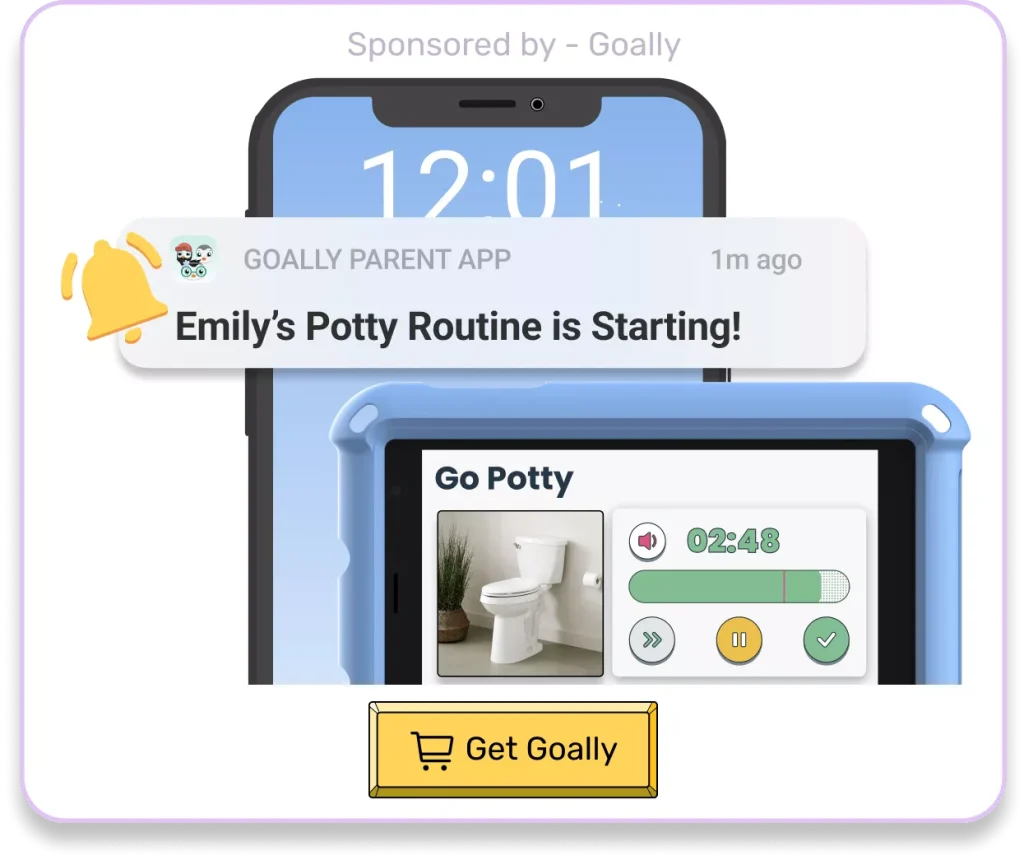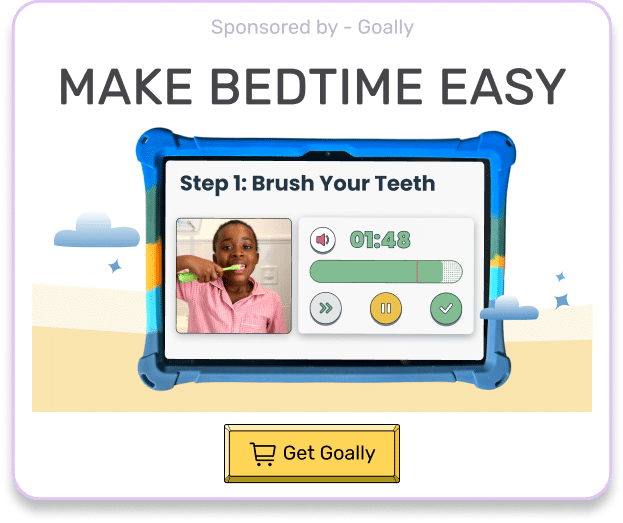Teaching is an art, and when it comes to working with autistic children, this art takes on a whole new dimension. In this guide, we’ll delve into practical strategies and insights to help you create an inclusive and supportive learning environment for neurodivergent kids. We’ll discuss understanding autism, creating an inclusive classroom, effective teaching strategies, and collaborating with parents and professionals. So, let’s embark on this journey to unlock the potential of these amazing kids and help them thrive in your classroom.
Table of Contents
Understanding Autism: The Key to Effective Teaching
First things first, it’s essential to understand the basics of autism and how it affects children’s learning and social experiences. Autism is a neurodevelopmental disorder characterized by differences in communication, social interaction, and sensory processing. However, the autism spectrum is vast, and no two autistic kids are the same. To effectively support their learning, consider the following:
- Recognize their strengths and challenges
- Be patient and flexible
- Communicate clearly and consistently
- Collaborate with parents and other professionals
By understanding the unique needs of autistic children, you’ll be better equipped to create a supportive and inclusive learning environment. Moreover, this knowledge will empower you to adapt your teaching methods to meet their individual needs.
Goally | Visual Scheduler for Autism
Does your child struggle with getting ready in the morning independently? Goally’s routine app on the best tablet for kids breaks down large tasks into small, achievable steps for autistic kids. Create custom routines with your own videos & pictures for every step.
Creating an Inclusive Classroom Environment
When working with autistic children, fostering an inclusive classroom environment is crucial. Here are some strategies to help you achieve this:
Structure and Routine
Autistic kids often thrive on predictability and routine. Establish a consistent daily schedule and provide visual aids, such as a visual timetable, to help them understand what to expect. Furthermore, create designated areas for different activities, like reading, group work, and quiet time.
By providing a structured environment, you’ll help autistic children feel more comfortable and focused in the classroom.

Read more: Learning Disabilities in the Classroom
Sensory Considerations
Many autistic children have sensory sensitivities, which can impact their learning and comfort in the classroom. To address this, consider the following:
- Minimize background noise and visual distractions
- Offer sensory breaks or a quiet space for relaxation
- Provide fidget tools or alternative seating options
By being mindful of sensory needs, you’ll create a more accessible and comfortable learning environment for autistic kids.
Read More: Overstimulation
Social Skills Support
Developing social skills can be challenging for autistic kids. Encourage positive social interactions by:
- Modeling appropriate behavior and language
- Using social stories to teach social norms and expectations
- Organizing structured group activities and assigning roles
By actively supporting the development of social skills, you’ll help autistic children build meaningful connections with their peers.

Read more: Reward Systems in the Classroom
Effective Teaching Strategies for Autistic Kids
Now that you’ve set the stage for an inclusive learning environment, let’s explore some teaching strategies to support autistic children’s learning:
Visual Supports
Visual aids can be incredibly helpful for autistic kids, as they often process information better visually. Use visual supports like charts, diagrams, and graphic organizers to convey information and instructions.
By incorporating visual aids into your teaching, you’ll make it easier for autistic children to understand and retain information.
Clear Communication
When working with autistic children, it’s essential to communicate clearly and concisely. Use simple, direct language, and avoid idioms or sarcasm. In addition, give them ample time to process information and respond.
Clear communication is key to helping autistic children feel understood and supported in the classroom.
Read more: 5 Autism Teaching Strategies for Your Classroom
Individualized Instruction
Autistic kids have diverse learning needs, so it’s crucial to tailor your instruction to meet their individual requirements. Differentiate your teaching by offering various ways to access information, such as through visuals, hands-on activities, or technology.
By providing individualized instruction, you’ll ensure that each autistic child has the opportunity to succeed in your classroom.
Positive Reinforcement
Encourage and motivate autistic children by providing positive reinforcement for their efforts and achievements. Praise their successes, and offer specific feedback to help them understand what they did well.
Positive reinforcement not only boosts self-esteem but also fosters a growth mindset in autistic kids.
Collaborating with Parents and Professionals
Working with autistic children is a team effort. Maintain open communication with parents and collaborate with other professionals, such as special education teachers, therapists, and counselors. Share insights, strategies, and progress updates to ensure a consistent and supportive approach across all settings.
By working together, you’ll create a strong support network for autistic children, helping them reach their full potential.
Goally | Apps To Structure Your Kid’s Routine
Does your child struggle with transitions or staying on task? Goally’s visual schedule app breaks down large tasks into small, achievable steps. It helps kids complete their tasks independently!
Embracing Neurodiversity: The Path to Success
In short, working with autistic children is a rewarding and enriching experience that requires understanding, patience, and flexibility. By embracing neurodiversity and implementing effective teaching strategies, you can unlock the potential of these incredible kids and help them flourish in your classroom. Remember, every child is unique, and with the right support, they can achieve great things.
FAQs About Working With Autistic Children
How can rewards support the development of children with autism? Rewards can motivate autistic children to learn new skills or behaviors, fostering a positive reinforcement loop that encourages progress and development.
How can teachers use visual schedules to aid autistic students in the classroom? Teachers can use visual schedules to provide structure and predictability, helping autistic students understand and anticipate upcoming activities and transitions.
How should teachers manage sensory sensitivities of students with autism? Teachers should create a sensory-friendly environment, adjusting lighting, noise levels, and seating arrangements as needed, and providing sensory breaks if necessary.
Why is consistency vital in a classroom setting for students with autism? Consistency in routines, rules, and teaching methods can help students with autism feel safe and secure, enhancing their ability to focus, learn, and participate in the classroom.
How can teachers support the development of social skills in students with autism? Teachers can integrate social skills training into their curriculum, employing strategies like role-play, social stories, and guided peer interactions to support the development of these skills in students with autism.
This post was originally published on 06/06/2023. It was updated on 09/08/2023.

Goally
We help parents teach their kids life skills, like doing bedtime and morning independently. Backed by science, we incorporate evidence-based practices and expert-informed designs in all of our apps and content.







